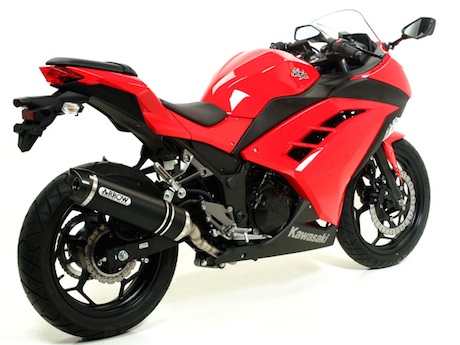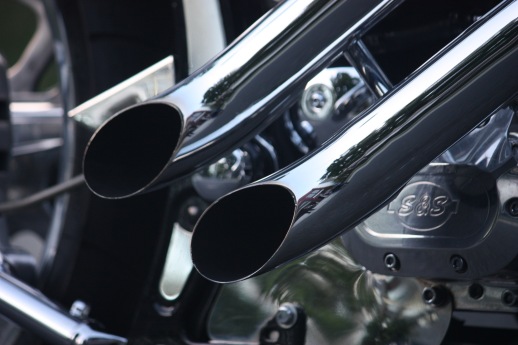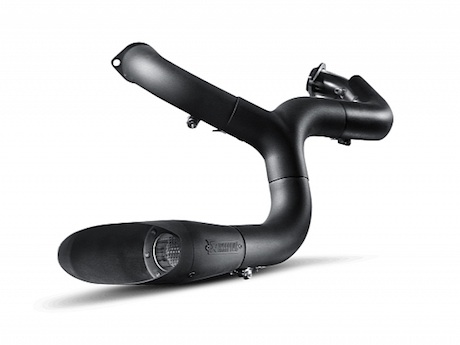Do loud pipes really save lives?
I’m sure someone will give me an example of how they reckon a loud motorcycle exhaust saved their lives, but I just don’t understand how.
Let’s look at this very clinically.
Supporters of this contention say that loud pipes alert motorists that there is a bike somewhere about.
In a situation of impending collision, the bike is approaching the vehicle it is about to collide with, right? It’s not going in the opposite direction, is it?
They may be approaching from the side, from in front or from behind, but they are not riding away from the vehicle with which they are about to collide.
So the noise of the bike really needs to precede the bike to alert the impending collider, right?
But exhaust pipes don’t face forward. They face backward with the bulk of the noise trailing behind, not going out in front of them.
High frequency sounds are easy to discern direction. However, low frequencies such as exhaust noise can be omnidirectional.
That makes it difficult for a driver in an air-conditioned cabin with the radio on to discern where the noise is coming from.
I have been guilty of driving a car and having no idea that a motorcycle is rapidly riding into my blind spot. Not until they are alongside or already past do I actually hear their exhaust pipe.
Just how loud would exhaust pipes have to be for people in front to hear them clearly and be a truly effective safety alert?
Rather than adding to the already cacophonous state of our urban traffic, wouldn’t it actually be better and safer for riders to alert traffic with a short blast on the horn?
If you are riding along a street and see a car sitting at an intersection and you are not sure they have seen or heard you, wouldn’t it be more effective to give a couple of quick taps on the horn to gain their attention?
A horn blast surely has more of an alert tone than the gradually increasing rumble of an exhaust pipe facing the wrong way.
There are other things you can do to get yourself noticed such as changing speed and moving around in your lane.
All these proactive safety measures are much better than the ingrained and misguided trust in the safety values of a loud pipe.
In fact, reliance on a loud pipe could be hindering your active safety avoidance measures and placing you in greater danger.
Don’t get me wrong, I love the sound of a baritone exhaust note. That rumbling sound is music to my ears and motivation to my soul.
But I detest those barking, angry pipes that give me a headache and only serve to upset most of the population.
In fact, noise (barking dogs, traffic, trains etc) is the most complained about issue in suburban life. Do we really need to attract more anger against bikes and bikers?

While loud pipes may not necessarily save any lives, they most assuredly are bad PR for a minority group that gets enough bad press as it is.
Let’s be honest, the people who advocate loud pipes love the sound of the pipes and/or love people hearing them and being intimidated.
While I’ve never witnessed a loud pipe saving my life or anyone else’s I have witnessed loud pipes causing dogs to start barking and horses to run into barbed wire fences.
My favourite bike noise is actually the roar of the bike inhaling, rather than exhaling. The MV Agusta Brutale 1000 has an absolutely divine induction roar.
And best of all, it sounds like a Singer sewing machine when it goes past pedestrians, motorists, dogs and horses. That’s because the induction sound is cleverly pointed at the rider and not the passerby.
Motorcycle and car manufacturers have been spending millions of dollars on research into how to best channel these “good” sounds toward the rider/driver rather than at the passing scenery.
This has mainly been forced on them by increasingly stringent noise limitation laws, but the byproduct is that we get more entertaining motorcycles to ride and we cheese off fewer motorists, pedestrians, dogs and horses.
However, I am willing to be corrected if someone can give me categorical proof that a loud pipe saved their life. Just leave your comments in the box below.



